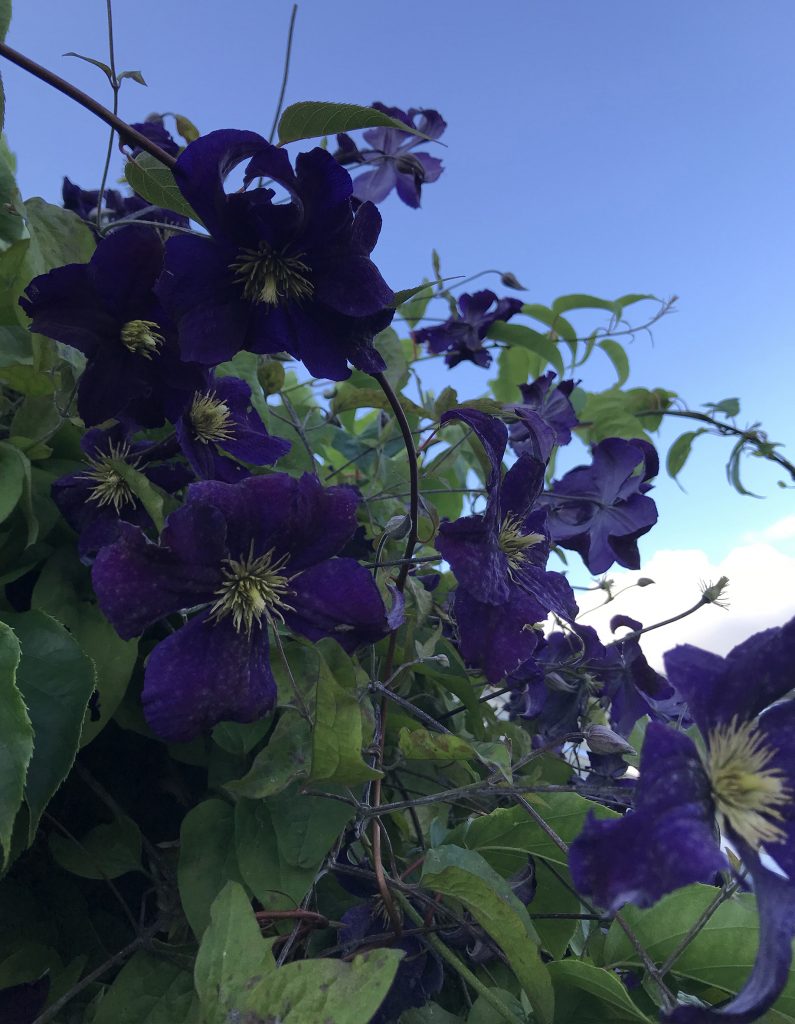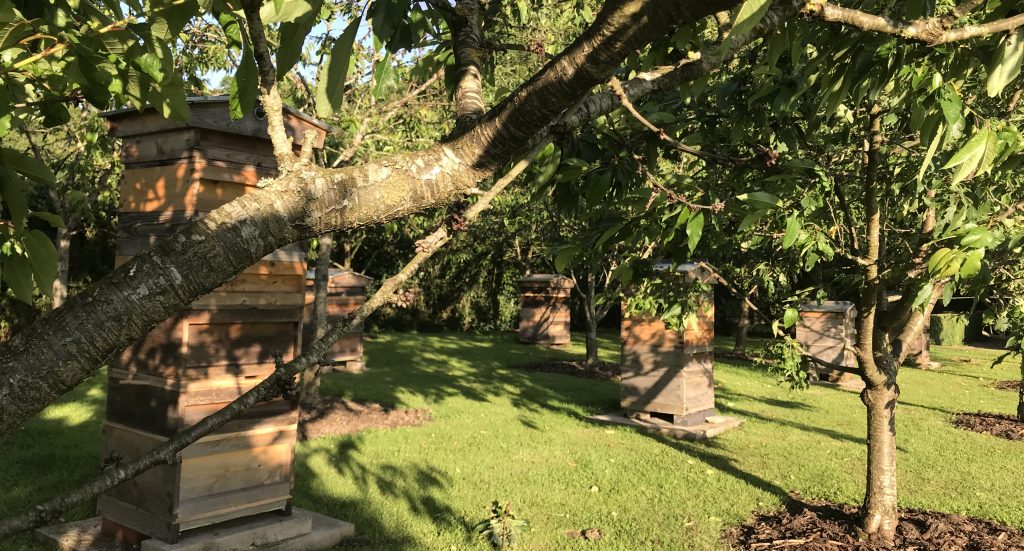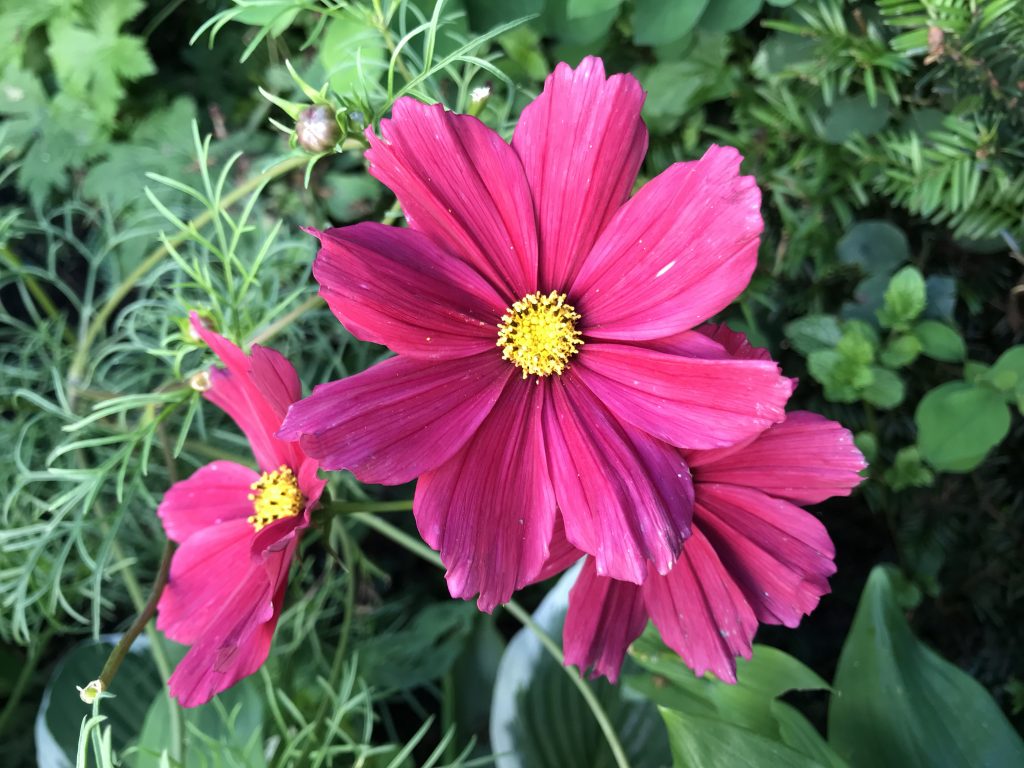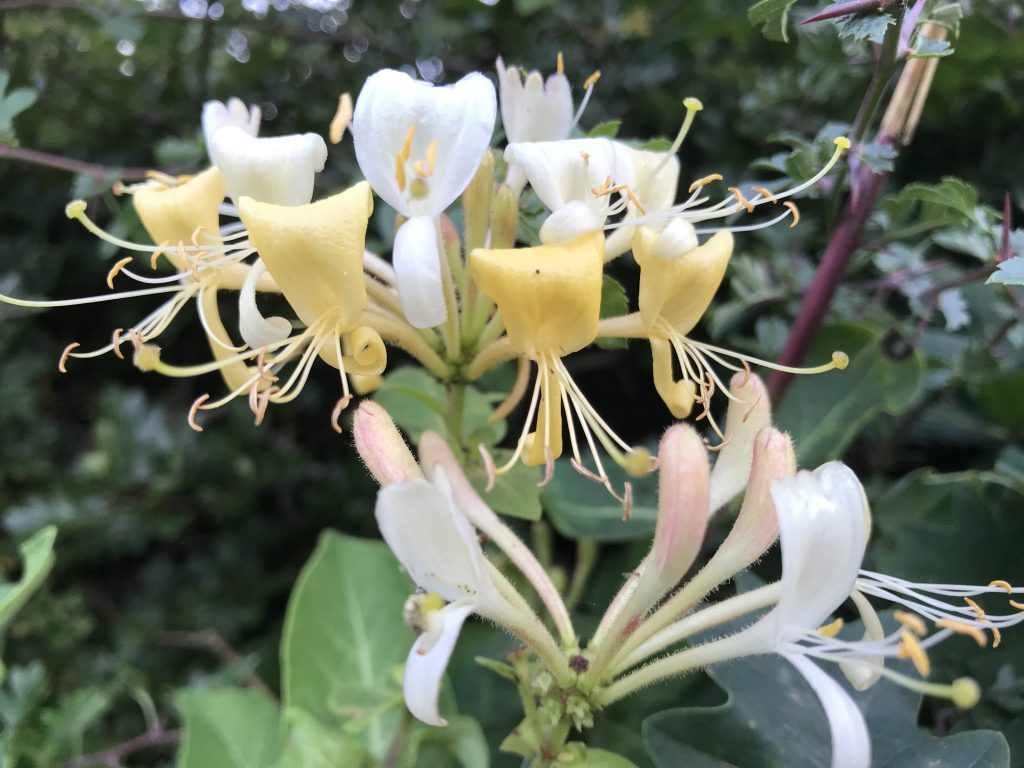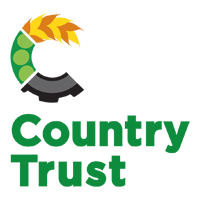Bee blog for July: In search of the queen
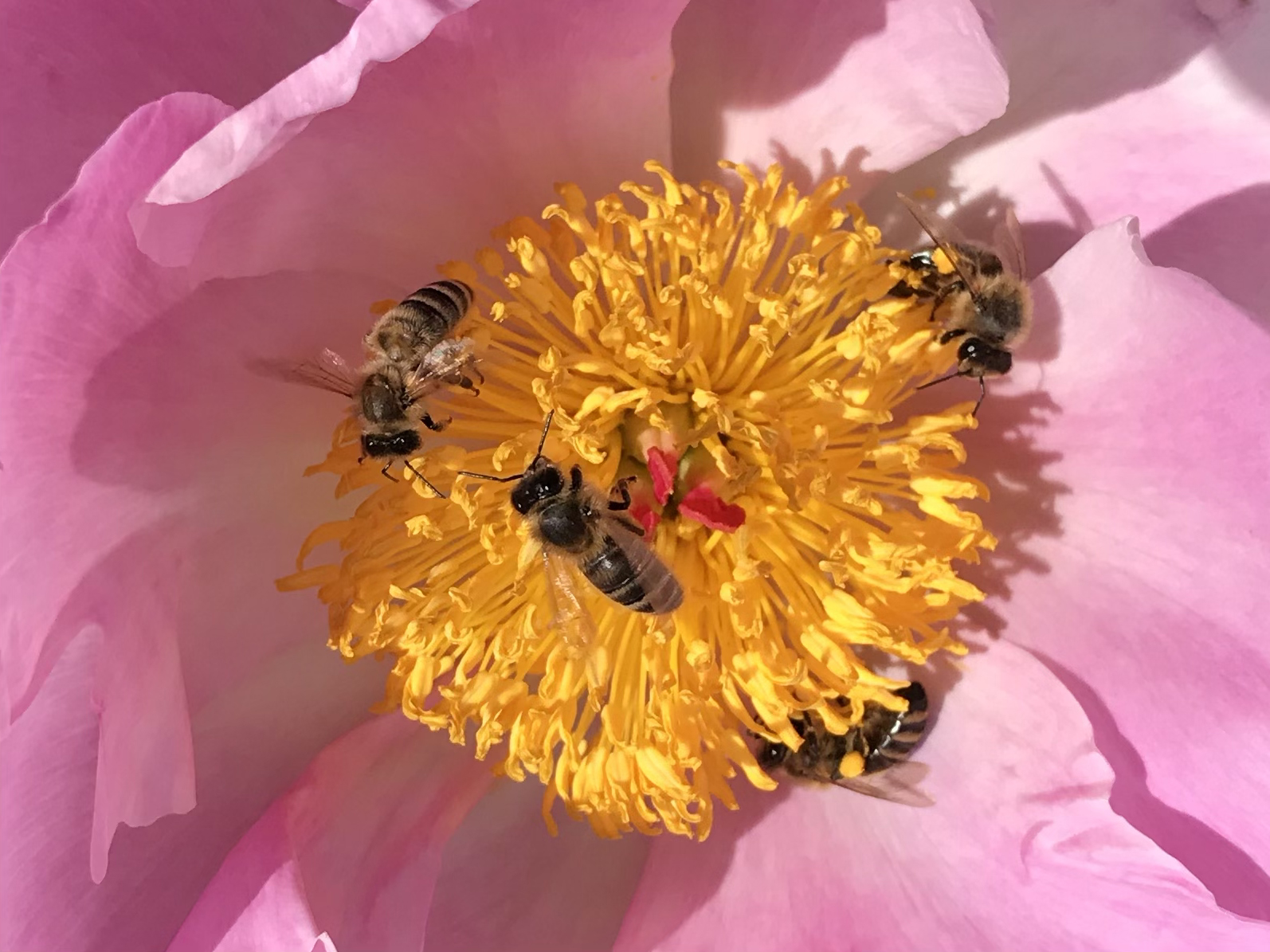
Southlands Lodge – July 2021
After a rollercoaster of a spring the ride continues into the summer. The highs and lows, ups and downs, of both beekeeping and gardening keeps even the most experienced practitioners on their toes. The weather has been unusually variable recently, unseasonably hot followed by unseasonably wet. As Southlands Lodge prepares for its National Garden Scheme annual opening weekend the bees still threaten to swarm, not the best of combinations; garden visitors and swarming bees. At least the rains have turned the lawns lush and green, an element that always makes an English garden special.
- The garden is in full bloom
- There’s plenty for the bees to feast on
I do like to leave the bees in peace for a full three days before the garden opening. This means that the hives are settled and calm before visitors arrive. On my final inspection before our opening I was not expecting to find anything amiss. As the old saying goes, “a swarm in July is not worth a fly”. To my surprise swarm preparations were well underway in two hives, both strong colonies with honey surplus. What should have been a quick, routine inspection turned into a more involved operation of splitting the two hives as a swarm prevention technique. Two new bee hives for visitors to view over the weekend.
- Splitting the colony creates new hives
Splitting a bee hive at this time of year involves finding the queen bee. Not an easy task when the colony is at its strongest and there may be as many as 150,000 bees in the hive. Even if the queen is marked, she can be elusive. This is particularly the case as she has been slimmed down by her sisters in preparation for her imminent flight from the hive. She becomes lighter, more agile, and faster on her feet around the hive just when one needs to find her.
All being well the splits have been successful and there will be no unplanned swarming for our opening weekend. The weather in this respect is on our side as rain is forecast which should deter an emergence. However, when the urge to swarm is strong, the departing bees can take to the skies during the briefest sunny interlude. When the sun is out so are National Garden Scheme garden visitors; they do not necessarily want to share the same space as a swarm of bees!
The garden is looking good in particular the clematis are putting on a good show, the dahlias are in full bloom, lychnis as bright as you could wish and the cosmos is just coming into flower. This is all set off by the newly clipped hedges and lush green lawns – summer is here.
The bees have been particularly enjoying the following flowers from which to forage:
- Onopordum Acanthium thistle
- Geranium (Armenian Cranesbill)
- Peonies
- Wild rose – hedgerow
- Honeysuckle – hedgerow
- Clover
- Lime trees
- Cosmos
- Honeysuckle
- Thistle
The summer honey flow is upon us. It has been unusually slow and late in its arrival. The ‘June Gap’, that traditionally barren period in late spring, seems to have gone on and on but is now over. Happily the hives are strong and well prepared to harvest the anticipated nectar flow. Hopefully, the weather will oblige and open up a fair window of dry warmth and a decent crop will be forthcoming.
For more information on the special Big Bee Challenge Weekend pop-up opening on
Sunday, 1st August at Southlands Lodge click here
Read more bee-friendly stories and bee blogs here






